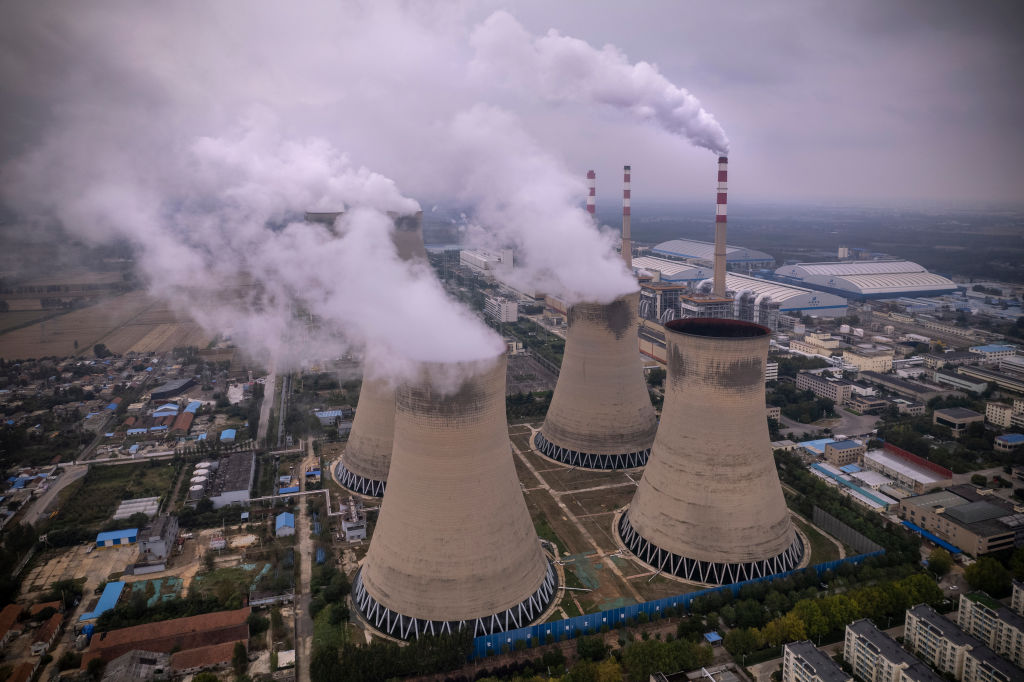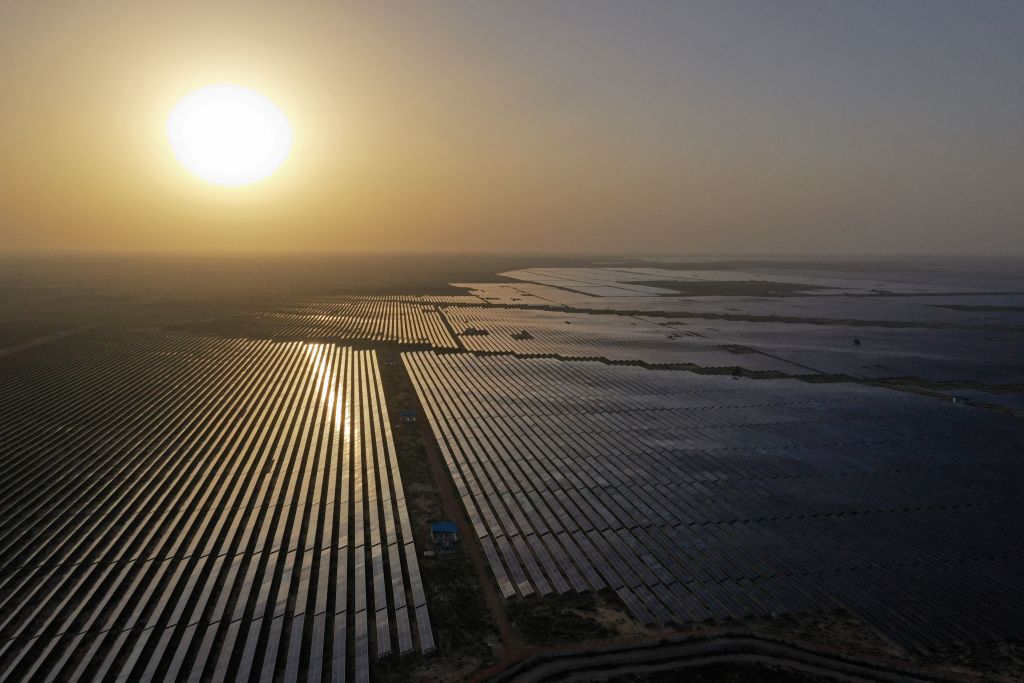
The amount of electricity generated from coal is expected to hit an all-time high this year, as electricity demand outpaces low-carbon supply options, according to the International Energy Agency (IEA). That means that the world’s climate targets may be getting further out of reach.
Global power generation from coal is expected to jump by 9% in 2021, according to the Paris-based intergovernmental organization’s Coal 2021 report, which was released on Friday. Coal-fired electricity generation accounts for about 30% of global CO2 emissions.
“Coal is the single largest source of global carbon emissions, and this year’s historically high level of coal power generation is a worrying sign of how far off track the world is in its efforts to put emissions into decline towards net zero,” Fatih Birol, the executive director of the IEA, said in a press release.
The increase is driven by China, India, the U.S. and the E.U. In China, whose power generation accounts for a third of global coal consumption, coal-fired power generation is forecast to grow by 9%. In India, it is expected to grow by 12% in 2021. This takes coal-fired electricity generation to all time-highs in both countries, according to the IEA.
Read More: Why It Feels So Hard to Understand What Really Happened at COP26
In the U.S. and the E.U., coal power generation is set to increase by almost 20% this year over 2020, when economies were hit by the pandemic, but the amount of energy generated from coal won’t reach 2019 levels. The report predicts that coal consumption in the U.S. and the E.U. will go back into decline next year as the result of slow electricity demand growth and the roll out of renewable energy.
The IEA report also forecasts that overall global coal demand, including for uses outside of generating electricity, like making cement and steel, will grow by 6% this year and could hit new records in 2022.
Developed countries have used fossil fuels to power their industrialization for centuries and the 2015 Paris Agreement recognizes that it will take developing countries longer to reach peak emissions. But how China and India, the world’s second and sixth largest economies, power their growth will play a pivotal role in the world’s ability to limit global warming to 1.5°C above pre-industrial levels—a threshold that scientists have warned would have catastrophic impacts if breached.

“Asia dominates the global coal market, with China and India accounting for two-thirds of overall demand. These two economies—dependent on coal and with a combined population of almost three billion people—hold the key to future coal demand,” Keisuke Sadamori, director of energy markets and security at the IEA, said in a press release. “The pledges to reach net zero emissions made by many countries, including China and India, should have very strong implications for coal, but these are not yet visible in our near-term forecast, reflecting the major gap between ambitions and action.”
China and India have both set net zero goals. Chinese President Xi Jinping said in April the country, whose per capita emissions are only about half the per capita emissions in the U.S., will be carbon neutral by 2060. The country—which is the world’s largest producer, consumer and importer of coal, according to the IEA—will reduce coal use beginning in 2026. In September, Xi also announced that China will no longer finance overseas coal projects.
Narendra Modi, the Prime Minister of India—where per capita emissions are likewise a small fraction of those of the United States—made a surprise announcement in his speech at the opening of the COP26 U.N. climate summit in November. He pledged that the country will reach net zero emissions by 2070, a target that some climate advocates say is further off than is ideal but potentially transformative.
More from TIME
Read More: India Sets a Surprise Net Zero Goal for 2070
Many of the top coal-consuming countries are also leading the charge to roll out renewable energy. Modi said in November that India will produce more renewable energy than the nation’s entire grid by 2030.
China is expected to account for 43% of the renewable energy capacity deployed globally over the next five years, followed by Europe, the U.S., and India, according to a report released earlier this month by the IEA. China, Europe, the U.S. and India combined will account for 80% of the worldwide renewable energy growth over the same period.
Still, there is a gap between the countries ambitions and what’s happening, according to the IEA. In a press conference to discuss the report, Birol called the report a “sobering reality check of the government policies.”
“This year coal electricity generation and next year the entire coal use may hit a historic high,” he says. “It shows us that coal and the emissions that come from coal are stubborn. They don’t pay attention to what the government says, what experts say, what the wishful thinking is.”
More Must-Reads From TIME
- The 100 Most Influential People of 2024
- The Revolution of Yulia Navalnaya
- 6 Compliments That Land Every Time
- What's the Deal With the Bitcoin Halving?
- If You're Dating Right Now , You're Brave: Column
- The AI That Could Heal a Divided Internet
- Fallout Is a Brilliant Model for the Future of Video Game Adaptations
- Want Weekly Recs on What to Watch, Read, and More? Sign Up for Worth Your Time
Write to Amy Gunia at amy.gunia@time.com